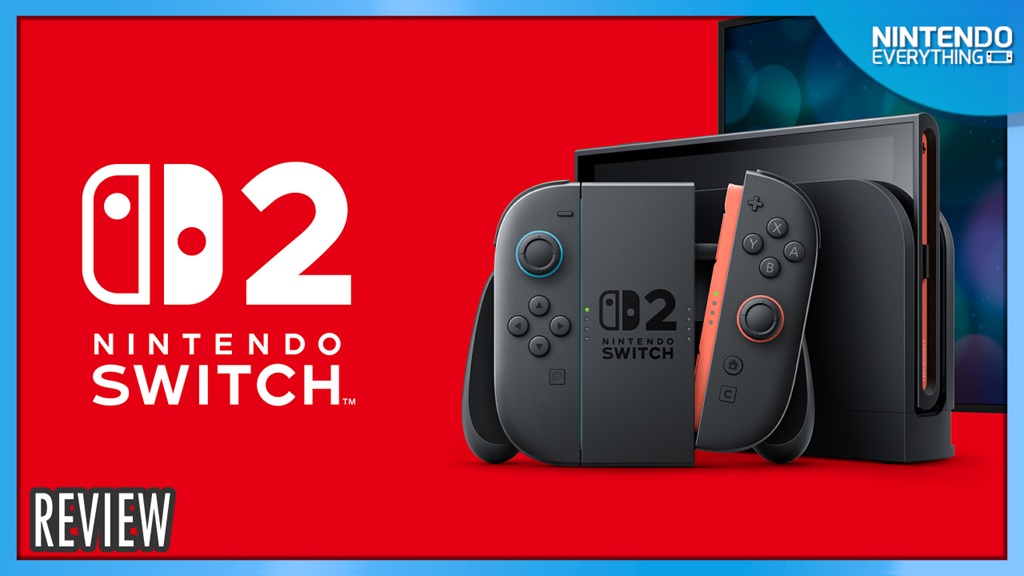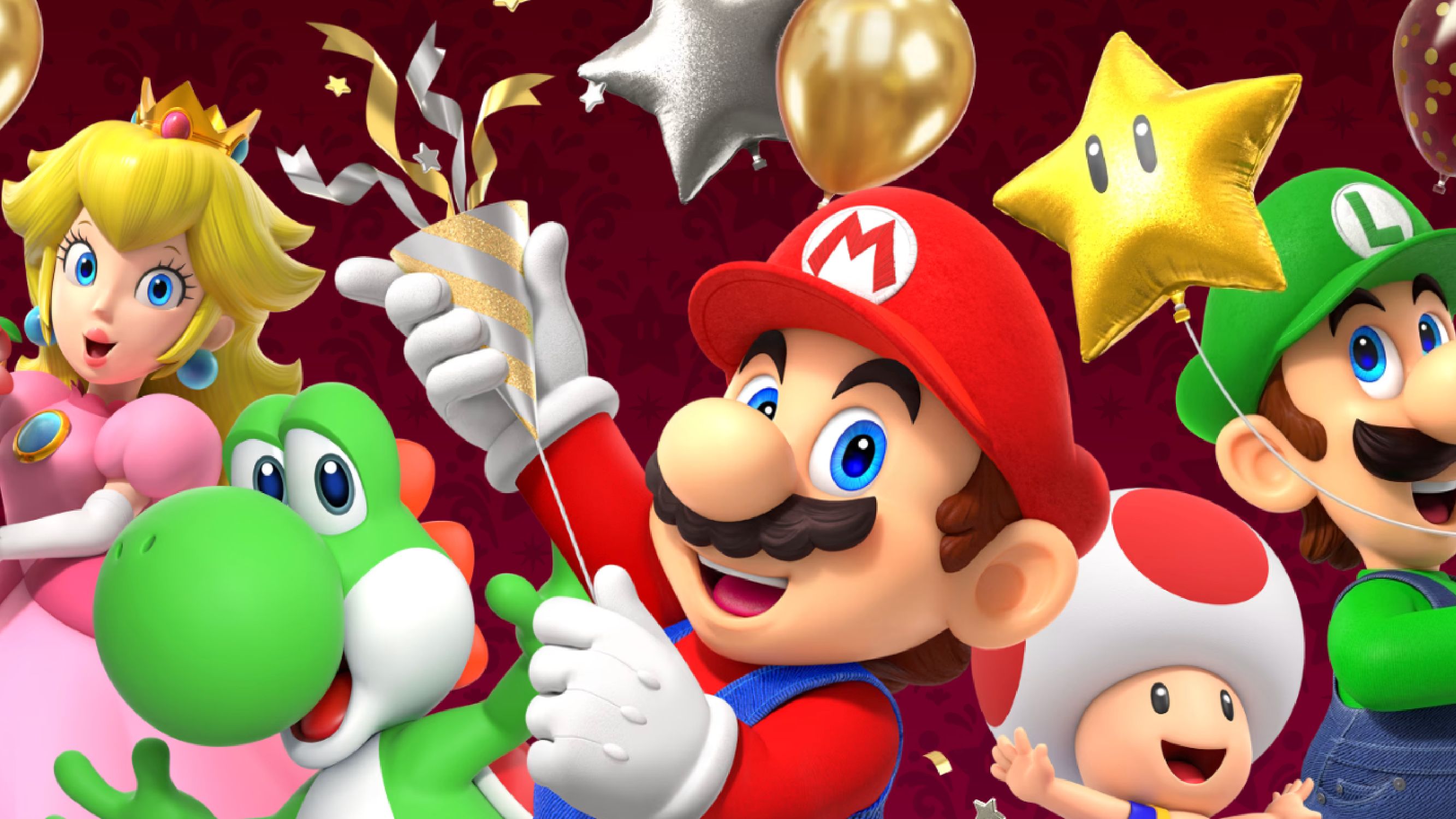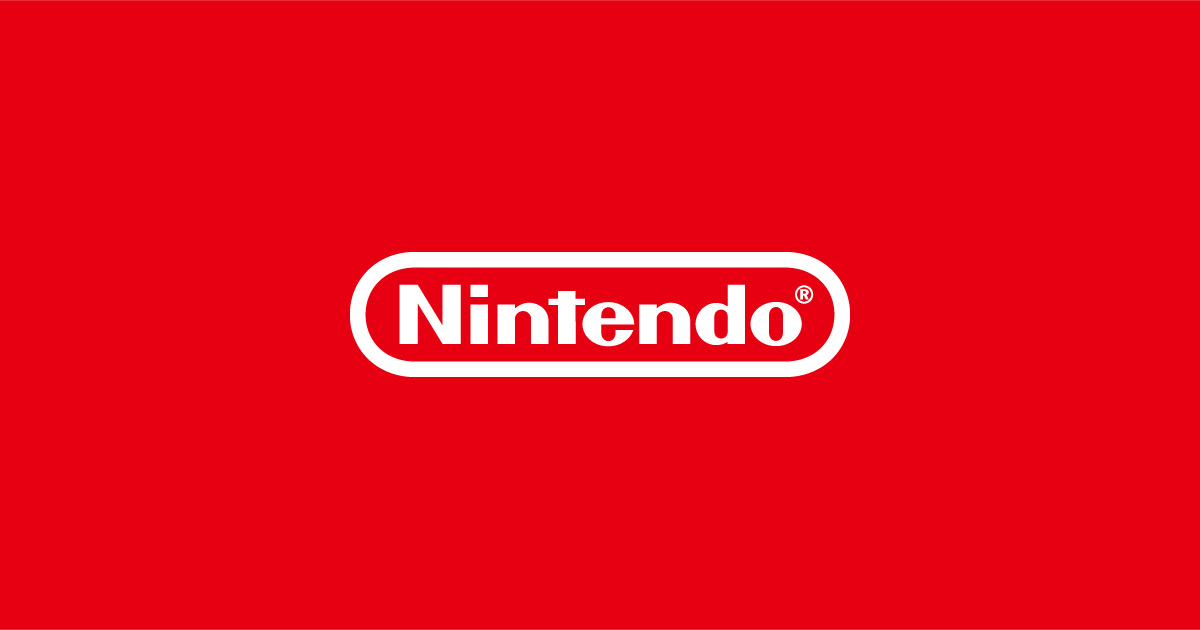Nintendo Switch 2 Review: Power, Precision, and Seamless Hybrid Gaming Elevate the Platform
Entry information
Published on: June 21, 2025
Description
When the original Nintendo Switch arrived in March 2017, it fundamentally redefined what a gaming console could be, bringing console-quality gaming to users both at home and on the move.
Eight years on, Nintendo’s vision for a flexible, hybrid gaming system has not only succeeded, but propelled the Nintendo Switch to become one of history’s best-selling consoles—offering a staggering library of must-play first- and third-party titles.
Rather than reinventing the experience, Nintendo has chosen to evolve its proven formula with the launch of Nintendo Switch 2: a more powerful, refined, and feature-rich iteration that retains the hybrid spirit of its predecessor while introducing substantive upgrades.
Now available worldwide, Nintendo Switch 2 builds upon its iconic core with notable enhancements: increased processing power, a larger and more vivid 7.9-inch 1080p HDR LCD display with a 120Hz refresh rate, and new Joy-Con 2 controllers featuring improved ergonomics and a magnetic connection system.
The launch comes with a strong lineup, including standout titles like Mario Kart World, Fast Fusion, and the much-anticipated Cyberpunk 2077 port.
Hands-on impressions highlight the console’s sophisticated aesthetic and tactile improvements.
The Joy-Con 2—built with a soft-touch, textured plastic—offer a more premium feel.
Larger buttons and analog sticks provide tactile feedback with greater precision, while the magnetic attachment ensures a stable grip in handheld mode.
Notably, Joy-Con 2 also feature an innovative optical sensor on the inner rail, enabling a mouse-like control mode that brings added versatility to genres ranging from first-person shooters to management simulations.
Nintendo has addressed feedback from the previous model, making the new controllers more resistant to wear, grime, and unwanted slippage.
While the lack of analog triggers—a feature present in competing systems like PlayStation 5—may disappoint some, the Joy-Con 2’s enhancements overall represent a significant leap in build quality and versatility.
Reviewers also note some minor concerns, such as analog stick design potentially allowing dust ingress, but these drawbacks are largely outweighed by the improvements.
The Nintendo Switch 2’s display is one of its standout features.
While the decision to continue with LCD over OLED might raise eyebrows for some, users have praised the screen’s sharpness, brightness, vibrant color reproduction, and immersive size.
Support for HDR and high refresh rates further future-proof the handheld experience, allowing compatible games to shine visually.
Docked mode brings another generational leap—Nintendo’s new console now supports 4K output, high frame rates, and HDR, allowing titles like Mario Kart World and Fortnite to match the visual standards set by current generation PlayStation and Xbox hardware.
Third-party games such as No Man’s Sky and Cyberpunk 2077, previously requiring significant trade-offs to run on the original Switch, now benefit from increased power and visual fidelity on Nintendo Switch 2.
Nintendo continues its legacy of developer support, but as always, the full potential of Switch 2’s hardware will depend on how studios leverage its capabilities.
While ports like Street Fighter 6 and Hitman: World of Assassination showcase impressive improvements, some launch titles may still face minor graphical compromises.
Even so, the system opens up possibilities for previously impossible releases on Nintendo’s hybrid platform, exemplified by CD Projekt Red’s complete port of Cyberpunk 2077.
Battery life remains a balancing act, with Nintendo rating the system between 2 and 6 hours depending on usage, game intensity, and display settings.
Intensive, graphics-demanding games will skew toward the lower end.
Storage, beginning at 256GB, is quickly filled by modern AAA titles, but microSD expandability offers a practical solution.
On the software side, the Nintendo Switch 2 OS retains a familiar layout but introduces welcome quality-of-life improvements—faster eShop navigation, enhanced screenshot sharing, and the long-awaited ability to set a device passcode.
The standout social feature is GameChat, which, via a dedicated button on the right Joy-Con 2, brings seamless voice and video chat natively to the platform—a first for Nintendo home consoles.
Integrated features, such as automatic in-game audio adjustment and shareable on-screen gameplay, bring Switch 2’s communication suite in line with, and in some ways beyond, contemporary expectations.
Nintendo has also refined Bluetooth audio, removed prior limitations, and introduced GameShare—letting local multiplayer sessions be launched between multiple consoles even if all players don't own the game.
Backwards compatibility is robust, improving performance in the vast majority of Nintendo Switch titles, though some visual scaling quirks are noted for lower-resolution titles.
In summary, Nintendo Switch 2 is a confident, calculated upgrade.
It polishes nearly every aspect of the hybrid model that made the original a hit, addresses long-standing community feedback, and introduces forward-thinking innovations.
Despite minor gripes—mainly around battery life and backwards compatibility visual quality—the console’s launch lineup, user-friendly OS, and tangible hardware improvements set it up for another successful cycle.
As the next chapter in Nintendo’s storied hardware lineage, Switch 2 stands poised to deliver diverse, must-play experiences for years to come.
Nintendo Switch 2 Joy-Con Nintendo Switch Nintendo Joy-Con 2 Switch 2 Switch Nintendo eShop Nintendo Direct Mario Kart World Fortnite No Man’s Sky Fast Fusion Street Fighter 6 Hitman: World of Assassination CD Projekt Red Cyberpunk 2077 Bayonetta 2 Bayonetta 3 GameChat GameShare Split Fiction






